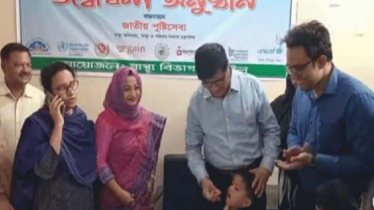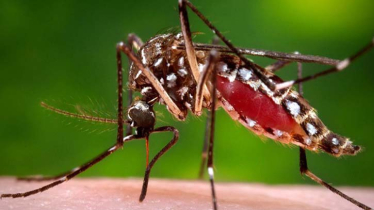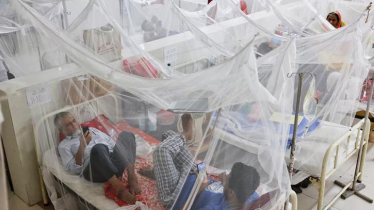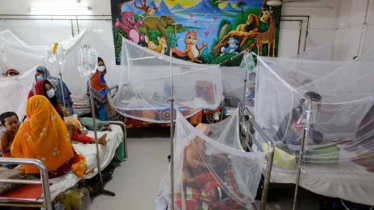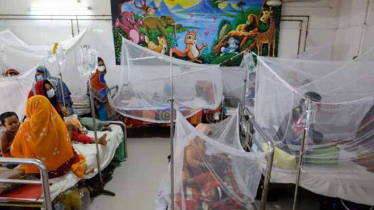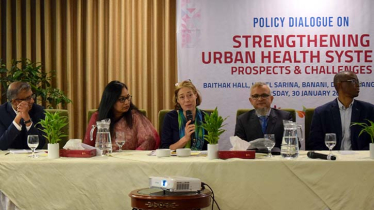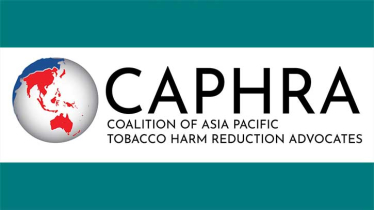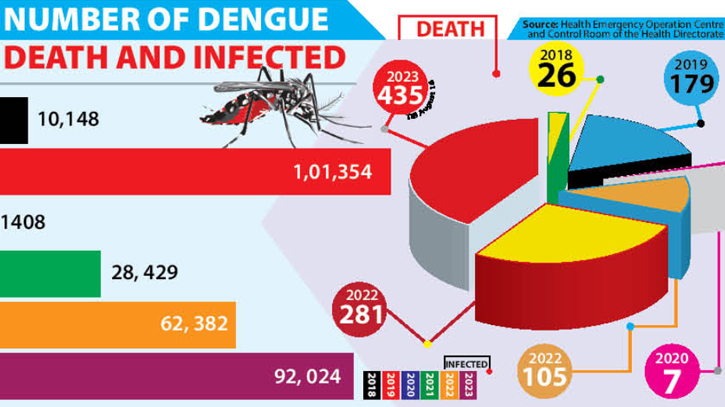
Photo : TDM
In an alarming twist of events, unplanned urbanisation is emerging as the primary catalyst for the escalating dengue endemic, casting a shadow over public health.
This year, dengue has claimed a record number of 435 lives, with nine more deaths reported in the last 24 hours, and has infected 92,024 people as of August 16, with one fourth being children, many of whom are experiencing the disease for the second time.
Dengue is caused by mosquito bites from Aedes aegypti and Aedes albopictus mosquitoes, which breed their larvae in stagnant water. If not effectively controlled, this situation could potentially escalate into a disaster, raising concerns among experts.
Dhaka and Chittagong, the two megacities, are grappling with the threat of severe waterlogging within an hour of rainfall due to clogged drains filled with garbage and illegally occupied canals. These issues contribute to the growing mosquito population, including the Aedes mosquito responsible for dengue transmission.
“Most drains in Dhaka are clogged with solid waste and plastic garbage due to irregular clean-up by authorities and a lack of awareness among city dwellers. Consequently, rainwater is unable to drain quickly to the pump station. Within an hour of rain, the entire city becomes flooded, leading to a dengue epidemic,” said Dr. M Maksudur Rahman, a member of the Department of Geography and Environment at Dhaka University, told The Daily Messenger.
Rapid urbanisation and the persistent occupation of canals year after year have resulted in numerous problems, including waterlogging and health threats, as a consequence of not adhering to environmental laws such as the Bangladesh National Building Code (BNBC), the National Urban Policy, and the Natural Water Reservoir Conservation Act 2000.
Dr. M Maksudur Rahman also said, “If a science-based, coordinated plan involving relevant authorities, experts, and community members is not formulated and implemented, it could lead to a man-made disaster similar to incidents like the Tazrin garment factory fire or the Nimtoli fire disaster.”
Fundamentally, experts emphasise that water in Dhaka should flow into rivers through canals and drainage lines managed by Dhaka Wasa.
In Dhaka, the drainage system, water pumps, canals, and rivers fall under the jurisdiction of seven government agencies: The Bangladesh Water Development Board (WDB), Bangladesh Inland Water Transport Authority (BIWTA), Rajdhani Unnayan Katripakha (Rajuk), Dhaka District Administration, Dhaka Water Supply and Sewerage Authority (Dhaka Wasa), Dhaka South City Corporation (DSCC), and Dhaka North City Corporation (DNCC). These organisations work independently to enhance the drainage system in various parts of the capital.
Dr. Md. Sirajul Islam, a professor in the Department of Civil and Environmental Engineering and Director of the Centre for Infrastructure Research and Services at North South University, said, "The management of Dhaka city's drainage system is currently a challenge for urban authorities due to the rapid population growth and unplanned development activities."
The city's unplanned growth and uncontrolled population increase are believed to be the underlying causes of these problems. Therefore, Dr. Sirajul Islam suggests that the most effective and sustainable solution to alleviate population pressure is the decentralization of administration.
The World Health Organization (WHO) has declared dengue as endemic in Bangladesh; however, a surge in cases began in June 2022. Currently, all eight divisions in the country are reporting cases and deaths, marking the second-largest outbreak since 2000, with the largest outbreak occurring in 2019. The current dengue outbreak is notable for its scale and seasonality, as highlighted by the WHO.
Last year, 281 people died due to dengue, intensifying concerns for the forthcoming years. In preceding years, the death toll stood at 26 in 2018, 179 in 2019, 7 in 2020, and 105 in 2021.
TDM/SD

